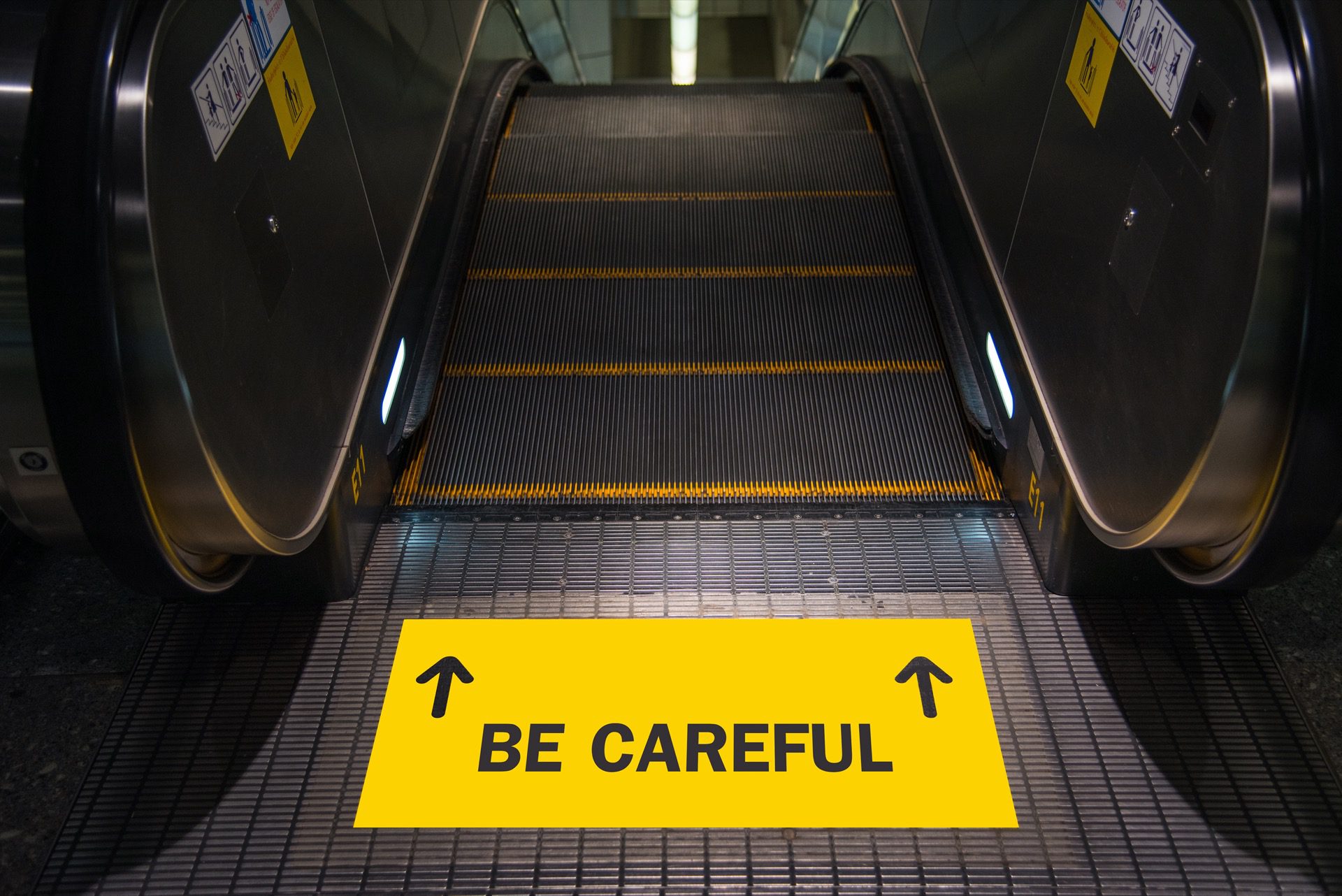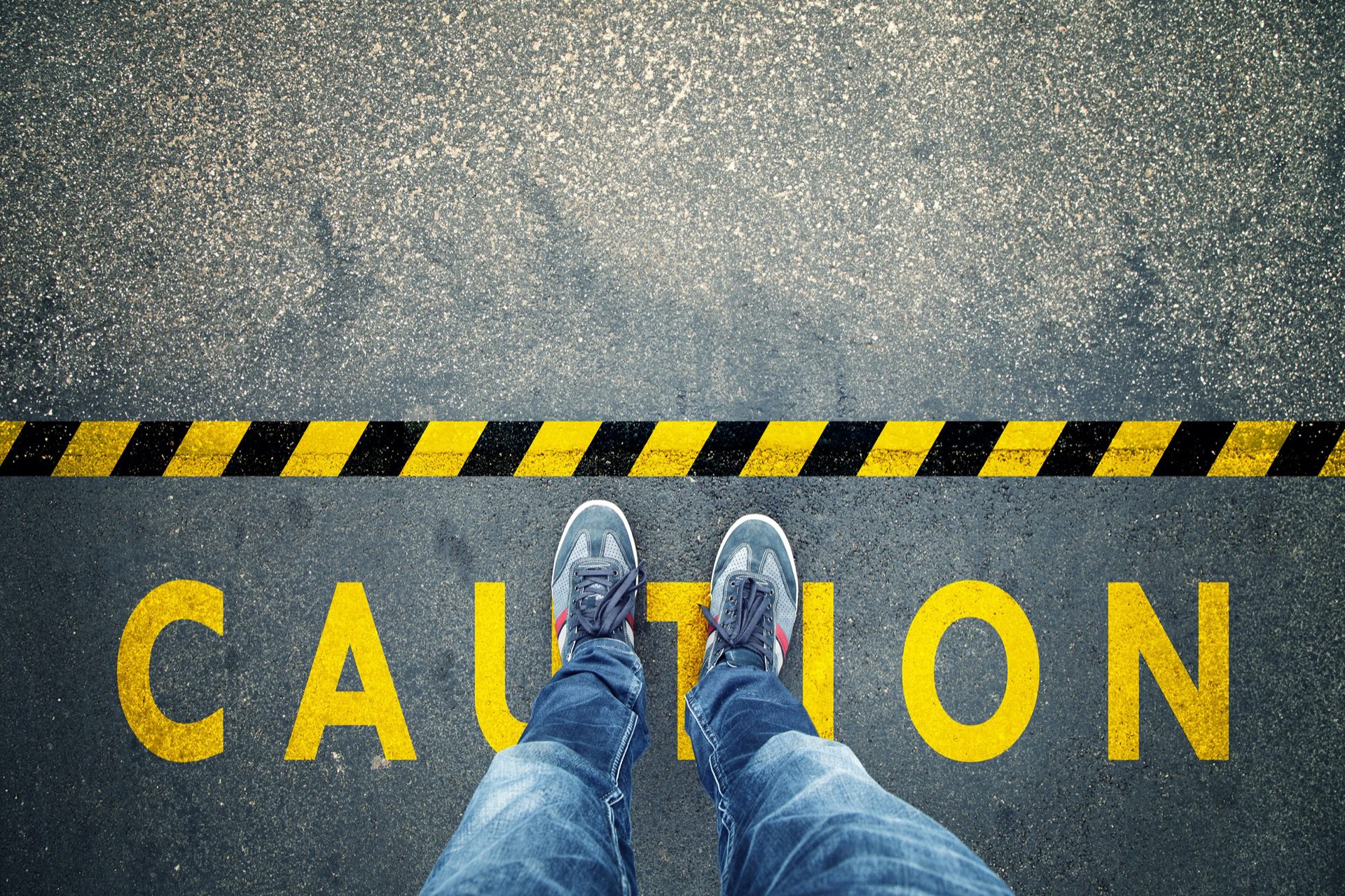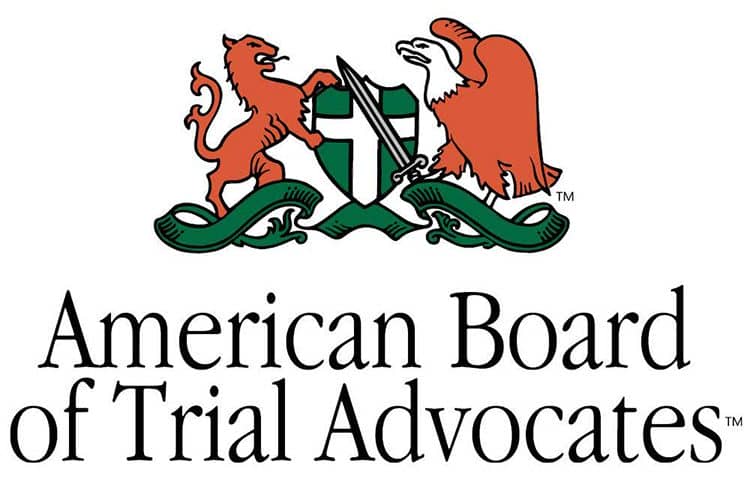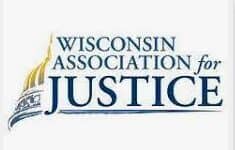If you have ever slipped on a wet grocery store floor, tripped on a loose stair in an apartment complex, or been injured on someone else’s property, you might wonder: “Can I hold the property owner liable for my injuries?”
In Wisconsin, the legal answer falls under something called premises liability. It is a legal concept that holds property owners accountable when someone gets hurt because the property wasn’t reasonably safe. But it is not as simple as “I fell, so they’re at fault.” These cases depend on certain key components of premises liability in Wisconsin.
What Is Premises Liability?
In simple terms, premises liability is the legal responsibility property owners (or tenants, landlords, business operators, etc.) have to make sure their property is reasonably safe for people who are allowed to be there.
If someone is injured because of a dangerous condition on the property and the owner knew about it (or should have known), that is where liability may come into play. Cases involving Wisconsin liability for property accidents could happen anywhere: homes, stores, restaurants, sidewalks, hotels, or rental buildings. The most commonly seen examples include:
- Slip and falls
- Snow or ice-related accidents
- Unsafe stairs or railings
- Poor lighting
- Falling objects
- Lack of warning signs
The Four Key Wisconsin Premises Liability Elements
Not every injury on someone’s property results in a successful lawsuit. To hold a property owner legally responsible, you must prove the following essential elements under Wisconsin premises liability laws.
There Was a Dangerous Condition on the Property
The first part is to identify that there was something hazardous about the property that directly caused your injury. This could be a spilled drink on a store floor, an uneven sidewalk, or broken stairs with no warning sign. But it’s not just about the danger. You will have to prove that it was not a reasonably safe environment and that it wasn’t just a normal risk you would expect in that situation. For example, a small amount of rainwater in a store during a storm might be considered a normal risk, but a puddle that’s been sitting for hours with no caution sign is a different story.
The Property Owner Knew or Should Have Known About It
This is generally the most contested part of any premises liability claim. Just because a hazard exists doesn’t automatically make the owner or their insurance companies liable. The injured party has to follow the legal process to show that the owner knew about the dangerous condition, or should have known, had they been reasonably inspecting or maintaining the property.
This type of premises liability refers to “constructive notice.” For example, if a spilled drink sits on the grocery store floor for 45 minutes without being cleaned up or marked with a caution sign, a court might say the store “should have known” about it even if no one actually reported it.
They Failed to Take Reasonable Steps to Fix or Warn About It
Let’s say the owner knew about the problem. What did they do about it? This third element of negligence considers whether they made reasonable efforts to clean it up, fix it, or at least warn visitors about the danger. This could include:
- Putting up caution signs
- Roping off the area
- Repairing the issue promptly
- Adding lighting or safety rails
- Shoveling or salting walkways in winter
The key operating word here is “reasonable.” No one expects property owners to prevent every accident, but they certainly are expected to act with ordinary care. If you are found partly responsible for the premises liability accident, you could potentially still recover partial damages under the rule of contributory negligence.
Their Negligence Caused the Injury
Finally, you have to show that the owner’s failure to fix or warn about the danger is what directly caused your injury. This is known as causation. If your injury was caused by something totally unrelated (like you tripped over your own untied shoelace), it won’t matter that the floor was wet.
But if you slipped on greasy food debris that should have been cleaned hours ago? Now you are talking about potential liability. This is where an experienced personal injury attorney from Gingras, Thomsen & Wachs can prove that the dangerous condition could have been avoided with reasonable care, and pursue fair compensation for your medical bills, lost income, and emotional trauma.
What If the Property Owner Is a Government Entity?
Filing a premises liability claim against a city, county, or state government is possible, but it can be more challenging. Under Wisconsin Statutes section 893.80, special rules apply:
- You must give the government written notice within 120 days of the incident.
- The notice must include details like what happened, where, and what you are claiming.
If you miss that deadline or fail to give enough information, your claim could be dismissed before it even gets started. And yes, this applies even in serious cases like injuries from poorly maintained sidewalks or public buildings.
Proving a Premises Liability Case in Real Life
So, what does this look like when your premises liability lawyer is building a case for damages on your behalf? Here’s what tends to be helpful:
- Photos or videos of the dangerous condition
- Witness statements (if someone saw the hazard or your fall)
- Surveillance footage
- Incident reports (particularly if it happened in a commercial location)
- Medical records showing your injuries & treatment
- Maintenance logs or inspection reports (if available)
The sooner you hire an experienced premises liability attorney and start collecting this information, the better. Property conditions change quickly. Ice melts, spills get cleaned, stairs get fixed, and surveillance footage may get overwritten. The longer you wait, the harder it is to prove your case.
Get Strong Legal Representation from Our Wisconsin Premises Liability Attorneys
If you or someone you love has been injured in a slip and fall or another premises liability accident, our lawyers at Gingras, Thomsen & Wachs will fight to prove the property owner’s negligence and pursue maximum compensation for your medical expenses, lost wages, and pain and suffering. We have helped people across Wisconsin recover more than $200 million in liability claims involving personal injury. As an award-winning firm revered by clients and legal peers alike, we will leave no stone unturned to ensure that the negligent parties are held liable for full damages. To schedule your free consultation, call us at 855-954-1186 or contact us online.






